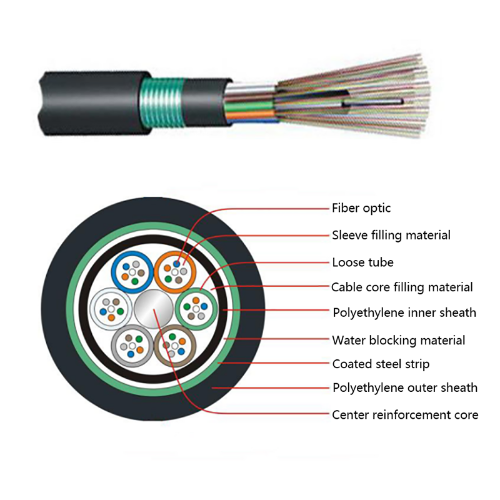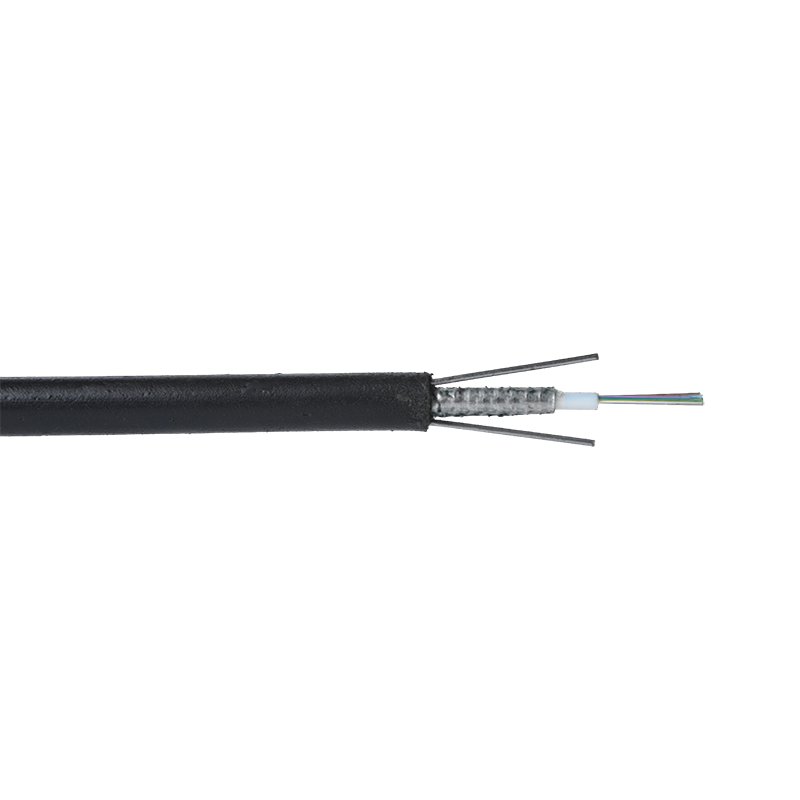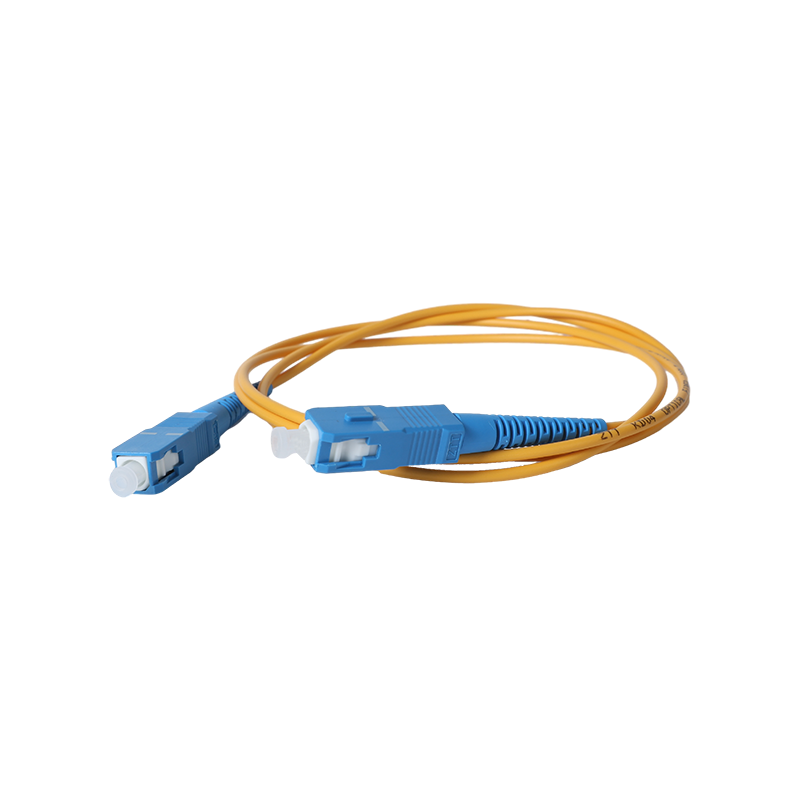Why do fiber optic cables have such high performance?
In today's fast-paced digital world, the backbone of high-speed communication lies in the incredible technology of fiber optic cables. These marvels of modern engineering have revolutionized the way data is transmitted, enabling lightning-fast internet, crystal-clear phone calls, and high-definition streaming.
Fiber optic cables, often thinner than a human hair, consist of strands of pure glass that carry digital information over long distances. Unlike traditional copper cables, which transmit data using electrical signals, fiber optics rely on light signals, allowing for significantly higher data transfer speeds. In fact, a single fiber optic cable can carry over 25,000 phone calls or several gigabytes of data per second. This incredible capacity has made fiber optics the go-to choice for internet service providers and telecommunication companies around the world.
One of the most amazing aspects of fiber optic cables is their immunity to electromagnetic interference. Unlike copper wires, which are susceptible to interference from nearby power lines, machinery, or other cables, fiber optics are impervious to such disturbances. This means that data transmitted through fiber optic cables remains crystal clear and unaffected by external factors, ensuring reliable and high-quality communication. Whether it's transmitting critical financial data between institutions or enabling seamless video calls across continents, fiber optic cables deliver unparalleled performance in the face of potential disruptions.

The impact of fiber optic cables goes beyond just speed and reliability. Their deployment has also led to significant energy savings and environmental benefits. The efficiency of fiber optics means that less energy is required to transmit data over long distances compared to traditional copper cables. This not only reduces operational costs for service providers but also contributes to a greener, more sustainable infrastructure. As the world continues to demand higher bandwidth and faster connectivity, the eco-friendly nature of fiber optic technology makes it a clear choice for meeting these evolving needs while minimizing environmental impact.
The world of fiber optic cables stands as a testament to human ingenuity and innovation. From enabling high-speed internet access in urban centers to connecting remote regions with seamless communication, fiber optics have become the lifeblood of our interconnected world. As technology continues to advance, the potential for even faster and more efficient data transmission through fiber optic cables is on the horizon. Embracing this remarkable technology not only propels us into the future of communication but also underscores the remarkable feats that can be achieved through human creativity and engineering prowess.



 English
English русский
русский Español
Español عربى
عربى 中文简体
中文简体




















